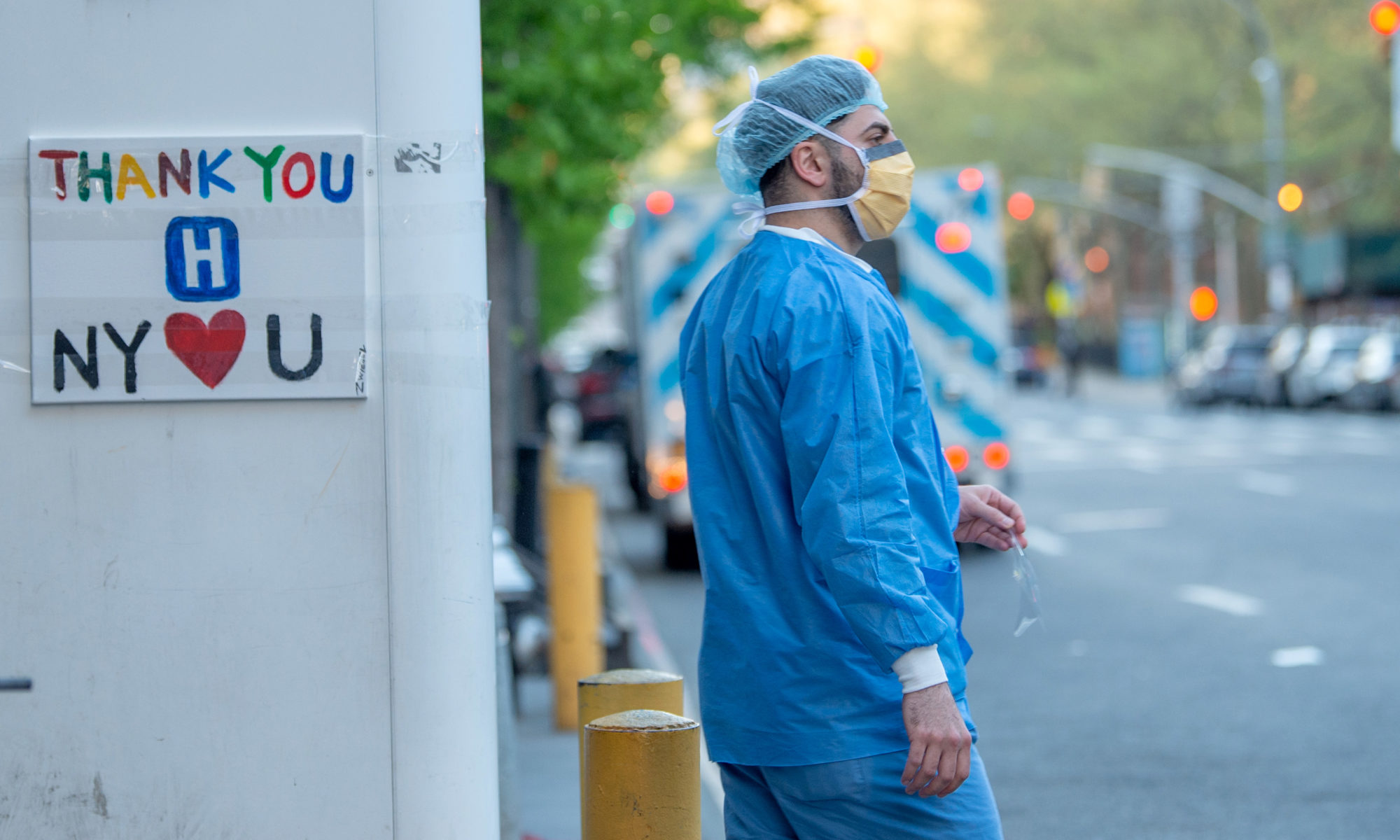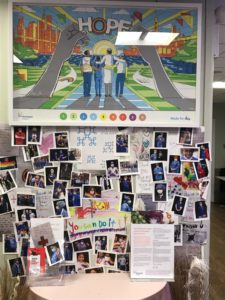Caring for the caregivers: 3 ways healthcare leaders can support staff

Aiding healthcare workers’ mental and emotional health
By Medline Newsroom Staff | December 18, 2020
With COVID cases still on the rise, providers are feeling the pressure to care for a rising number of hospital patients. But healthcare workers, just like patients, are vulnerable to stress, anxiety and burnout, especially when coping with ongoing losses.
Experts say that for staff to provide optimal care and service in the midst of crisis, they must look out for their own emotional health and well-being, and the healthcare facilities in which they work have an opportunity to help them.
To understand what healthcare leaders can do support their staff’s mental health, the Medline Newsroom spoke with Joe Leggio, associate executive director of Northwell Health’s Lenox Hill Hospital. Here are three measures he advises healthcare leaders consider when building an environment to support caregivers’ mental and emotional health.
Take time to focus on what’s done right
Managing so many unknowns during the pandemic, it can be easy for staff to become preoccupied with the challenges and losses they’ve encountered, but Leggio says that reminding staff of their ‘wins’, including the lives they have been able to save, can help their mental state.
One of the ways his team has does this is through a Hope Huddle, a concept introduced by one of the hospital’s nurses earlier this year. During a Hope Huddle, caregivers intentionally set aside time to talk about what went well, including the lives they were able to save and the people they’ve been able to treat well based on the new things they’re learning about the virus.
“We all have a lot of forums where we focus on clinical improvement, quality and patient experience. We need to spend just as much time, if not more time, focusing on when we get it right, on all fronts,” said Leggio.
Alleviate anxiety by taking clear, proactive approach to communications
With staff busier than ever, Leggio says it’s increasingly important for administrators to be more proactive in communicating with them, even if it means going into departments or units on a routine basis.
“Pre-pandemic, we’d normally have people come to us directly or come to a forum or meeting. Now, we’re pushing those forums to them, because with everyone’s high volume, and some people unable to leave their unit, they need resources to be available right next to them and around the clock,” Leggio said.
Lenox Hill, like other hospitals, has what’s known as a “Team Lavender,” a multidisciplinary group that comes together to support care teams on the unit. Members of the team include holistic nursing, patient experience, chaplaincy, HR and behavioral health specialists. Pre-pandemic, members of Team Lavender would come to support healthcare workers on an on-call basis, but now Lenox Hill schedules time for its members to proactively visit every unit throughout the week.
The facility also put added efforts to communicate accurate and up-to-date information about the virus using digital tools like Microsoft Teams and Zoom, recordings, and text message alerts. They’ve also beefed up content on their intranet. Leggio says these measures help to alleviate anxiety among staff members, who are overloaded by the information coming from the media and all levels of government.
“The right communications can de-escalate and reduce anxiety and the wrong communications can do the opposite,” he notes.
Use creative outlets to help teams cope with their shared experience

Lenox Hill Hospital’s Heroes Wall
Creative outlets could also help staff cope with the losses they’ve experienced during this challenging time, and relate to one another, Leggio says. Working with creative art therapists, his facility has found ways to honor those they’ve lost and their connection with each other.
In one of their artistic projects, staff created paper cranes, each inscribed with the name of someone they’ve lost. These cranes will be hung over the hospital’s “Heroes Wall” located in their cafeteria. On this same wall, the facility also showcases the positive, including images and letters of support from people in the community giving thanks for their hard work and dedication.
“Walking by it every day reminds us of our connection to each other,” Leggio said. “We never could have anticipated that this could be something that could help us heal but it has, and I think we all need to have those creative outlets in coping with this experience.”
Explore other ways healthcare leaders can empower their organizations.
Medline Newsroom Staff
Medline Newsroom Staff
Medline's newsroom staff researches and reports on the latest news and trends in healthcare.
